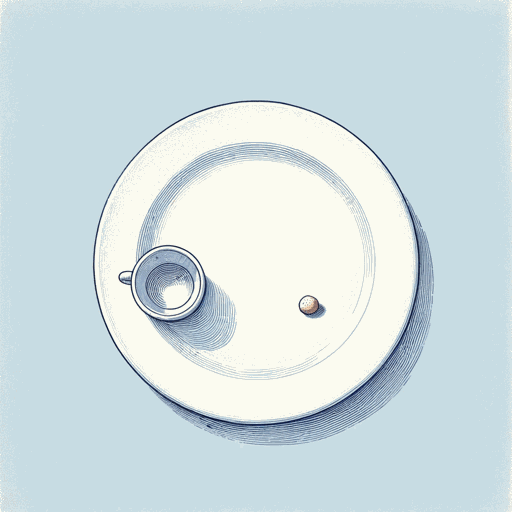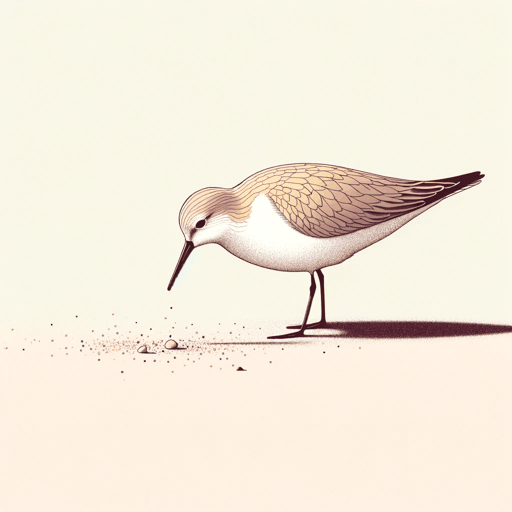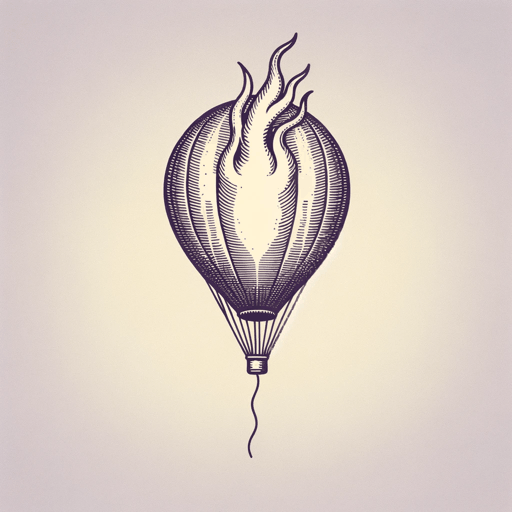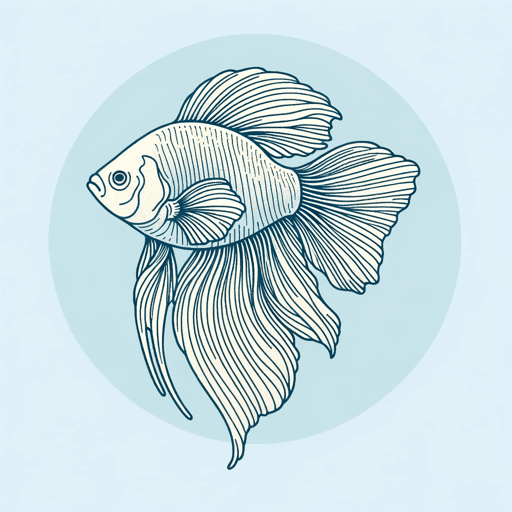20 pages • 40 minutes read
Elizabeth BishopThe Fish
Fiction | Poem | Adult | Published in 1946A modern alternative to SparkNotes and CliffsNotes, SuperSummary offers high-quality Study Guides with detailed chapter summaries and analysis of major themes, characters, and more.
Literary Devices
Form and Meter
“The Fish” is written in free verse, without a set meter and rhyme. The poem’s rhythm is kept fairly regular, however, by the amount of stressed syllables in each line, usually two or three. This keeps the 76 lines of the poem short and ensures that there is some enjambment, which is when a line break in verse does not conform to where the natural syntactical pause would fall. In “The Fish,” this helps emphasize certain words while avoiding the monotony of each line ending with a punctuated pause. An example of enjambment occurs in lines 43-44, where the word “tipping” literally tips the reader to the next line of text:
It was more like the tipping
of an object toward the light.”
Imagery and Figurative Language
The use of figurative language to create striking images and set a mood is an important poetic device, and Bishop employs it widely in “The Fish.” Imagery includes not only the pictures and visuals that a poet creates with words, but any description which carries sensory weight and appeals not only to sight but to smell, touch, sound, and taste.
Related Titles
By Elizabeth Bishop

A Miracle for Breakfast
Elizabeth Bishop

Arrival at Santos
Elizabeth Bishop

Crusoe in England
Elizabeth Bishop

Exchanging Hats
Elizabeth Bishop

Five Flights Up
Elizabeth Bishop

Insomnia
Elizabeth Bishop

One Art
Elizabeth Bishop

Sandpiper
Elizabeth Bishop

Sestina
Elizabeth Bishop

The Armadillo
Elizabeth Bishop

The Imaginary Iceberg
Elizabeth Bishop

The Moose
Elizabeth Bishop

The Mountain
Elizabeth Bishop

The Shampoo
Elizabeth Bishop

